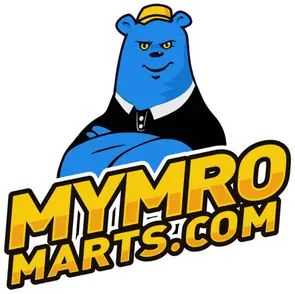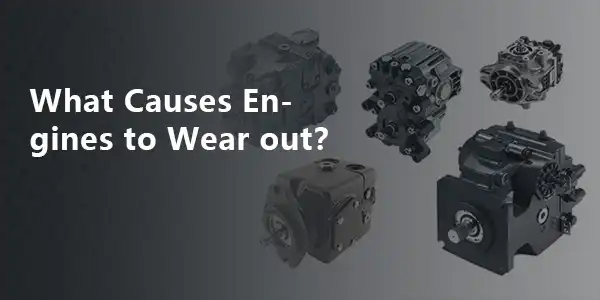What Causes Engines to Wear out?
Do engine blocks wear out?
Engine wear is a more serious failure. Wear means that the cylinder wall is scratched, which is equivalent to serious internal damage to the engine, and cannot run normally. And it will make abnormal noise, and the cylinder pressure will also be affected, causing the engine to vibrate violently, the acceleration is weak, and the equipment cannot continue to be used.
Engine wear generally goes through three stages. When the engine is severely damaged and affects the operation of the vehicle, it needs to be replaced by a professional agent. Our website provides high-quality aftermarket engine blocks. Competitive price Cylinder block for sale suitable for excavators, bulldozers, and other professional engineering vehicles.
What causes engines to wear out?
The main reason for engine wear:
1. Dust wear: When the engine is burning, it needs to inhale air, and the dust in the air will also be inhaled. No matter how good the engine air filter element is, some dust will always enter the engine. Even if there is a lubricant, this kind of dust particle wear will not be eliminated, and this phenomenon is more serious in areas with strong wind and sand.
2. Rust wears: After the engine stops running, it is cooled from high temperature to low temperature. During this temperature change, water will accumulate inside the engine, which will seriously corrode metal parts.
3. Corrosion wear: When gas is burned, many harmful substances will be produced. These substances will not only corrode the cylinder but also corrode important parts in the engine, such as the cam crankshaft and so on.
4. Cold start wear: Most of the engine wear is caused by cold start. After four hours of cold start, all the lubricating oil on the friction interface will flow back into the lubricating oil tank. Start the engine at this time, and the speed has exceeded 1000 rpm within 6 seconds. At this time, the oil pump has no time to pump the lubricating oil to all parts. In a short period of time, there will be dry friction due to periodic lubrication loss, resulting in severe and abnormal strong wear of the engine, which cannot be solved by lubricating oil.
The three stages of engine wear?
There are three stages of engine wear, which are the Running-in phase, the Stable wear stage, and the severe wear stage.
Running-in stage: refers to the running-in stage of a new car and new parts. Although the new car has been run in when it leaves the factory, the surface of the parts is still relatively rough. During this period, it can improve the ability of various parts of the vehicle to adapt to the environment and the unevenness on the parts can be worn away.
Stable wear stage: The wear in this stage is slight, and the wear rate is low and relatively stable. It keeps growing at a constant speed for a long time, which is also the normal construction period of the engine.
severe wear stage: Due to long-term disrepair or use, the gap between the components increases, the lubrication conditions also deteriorate, and the wear rate increases sharply. Lead to the loss of precision of parts, noise, and vibration, and eventually loss of working ability until damage.
 Track Your Order
Track Your Order




